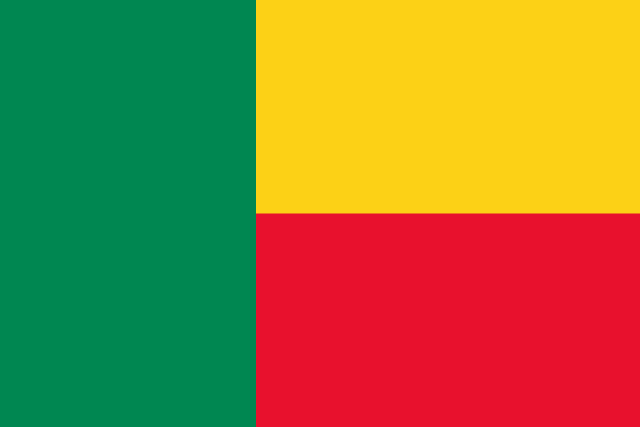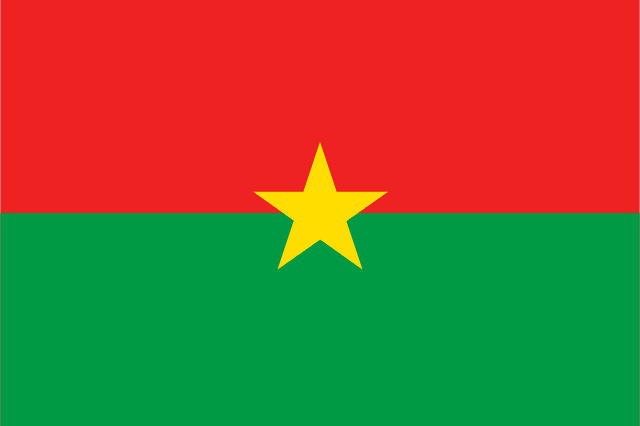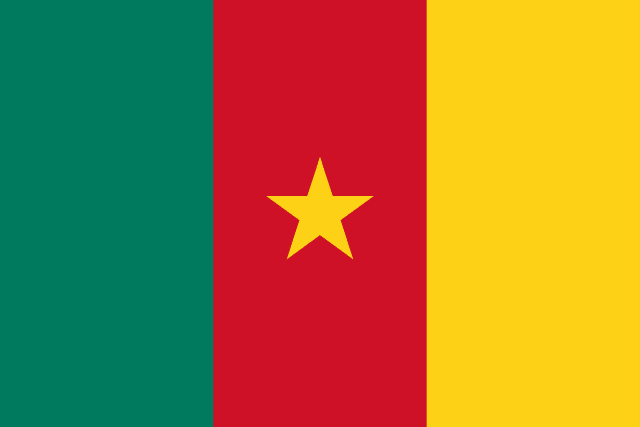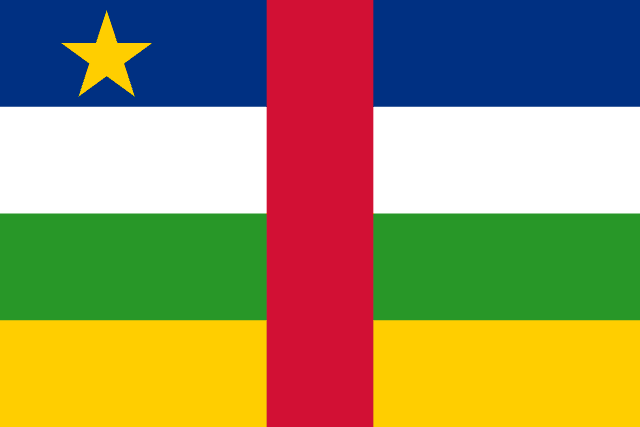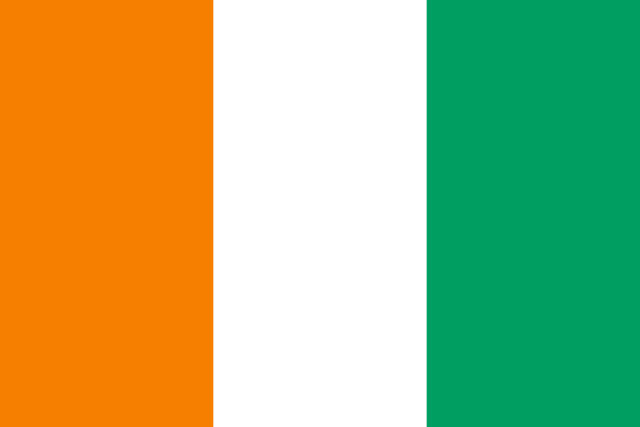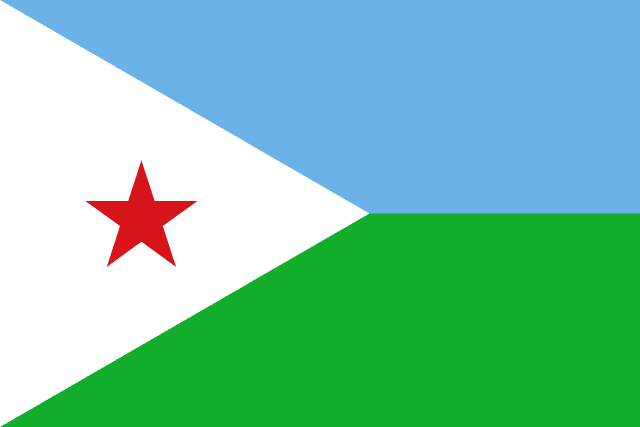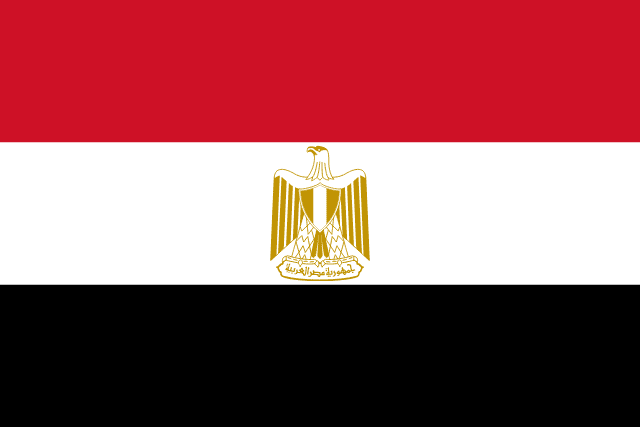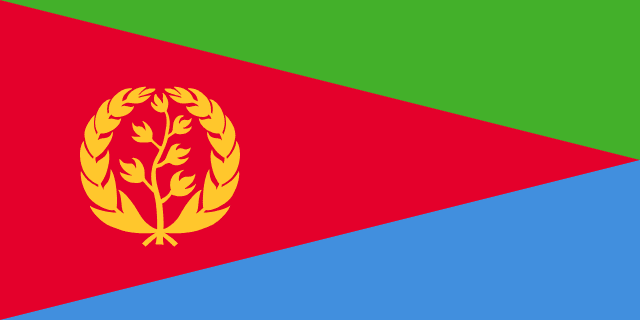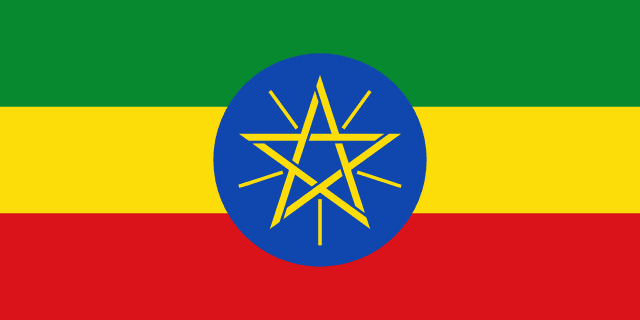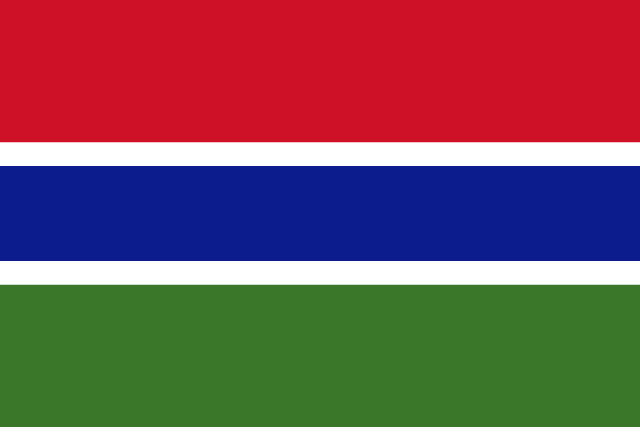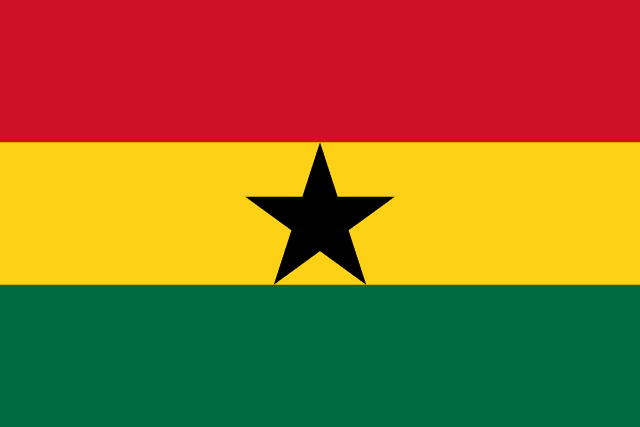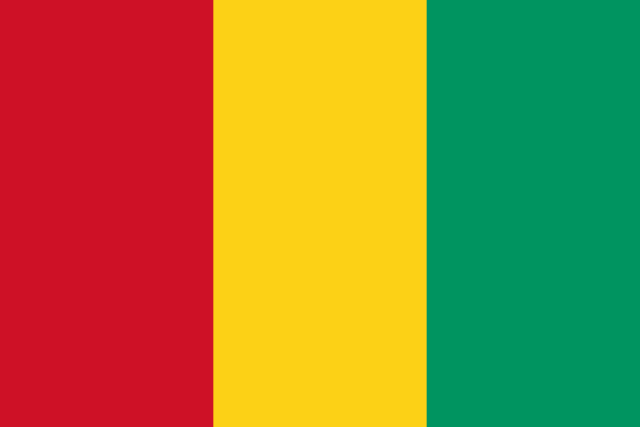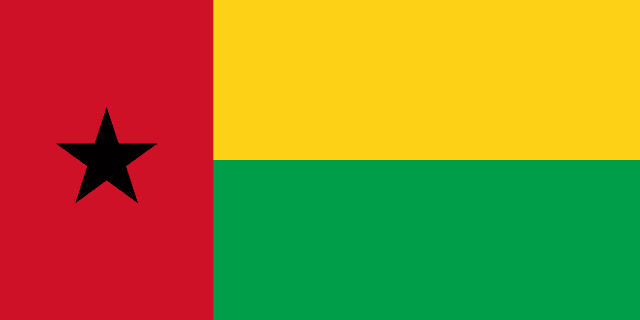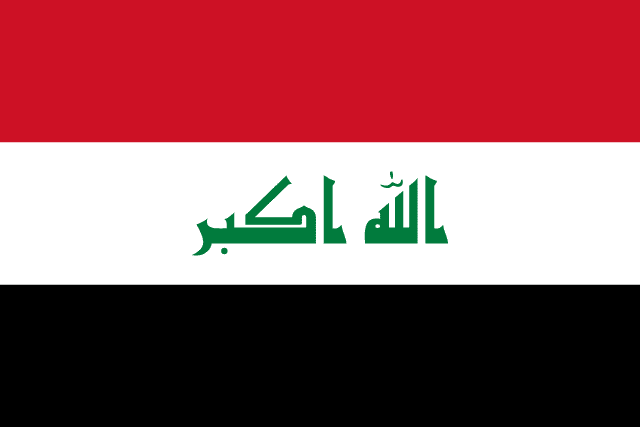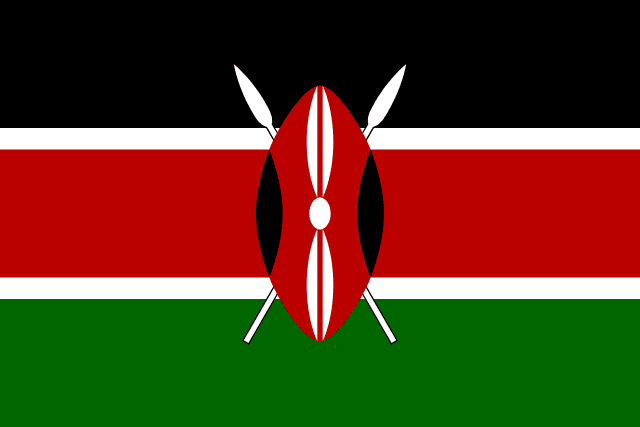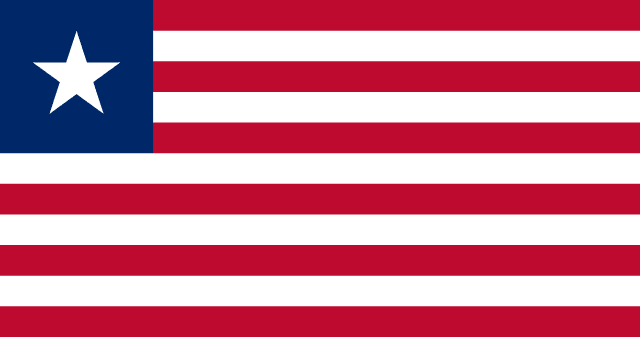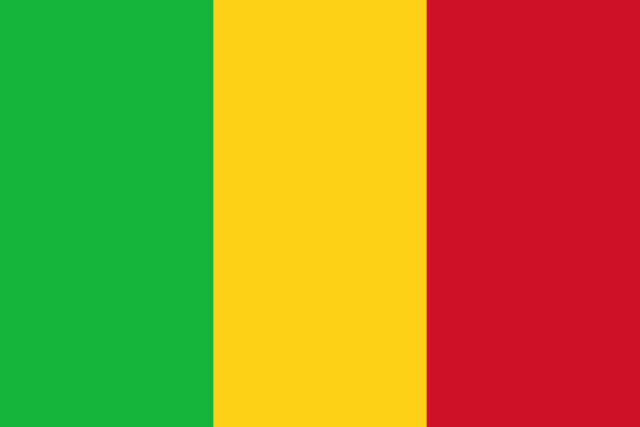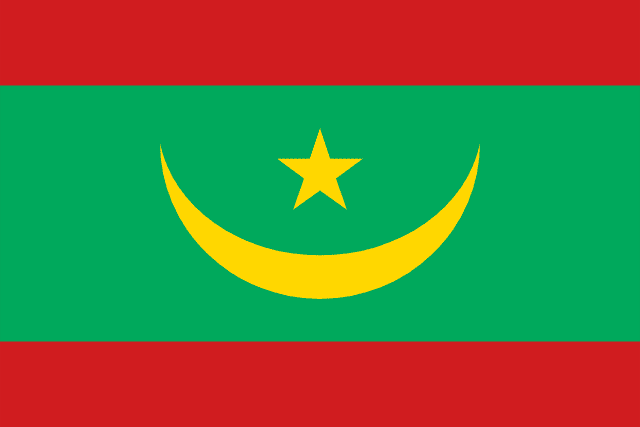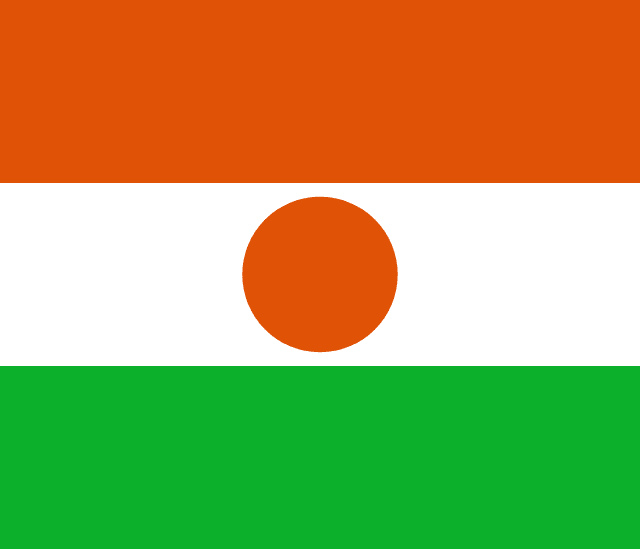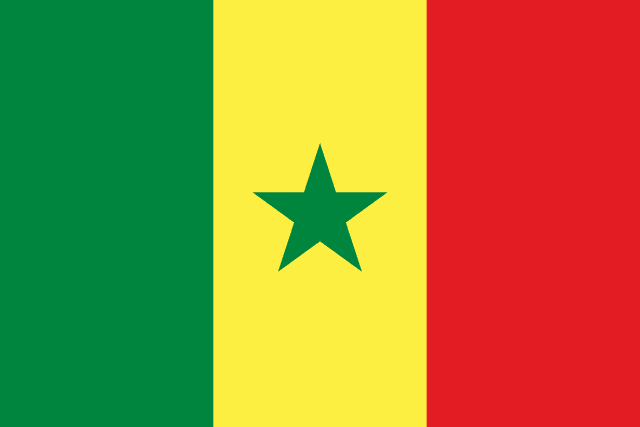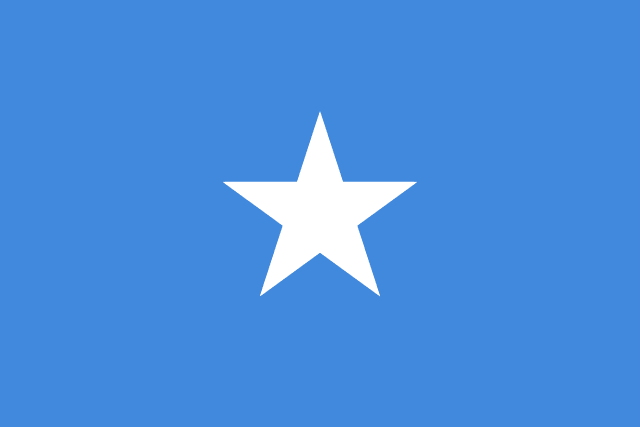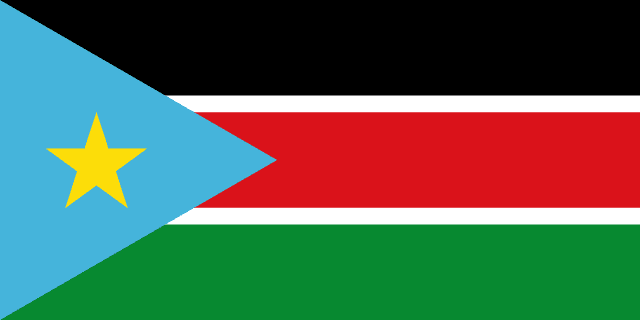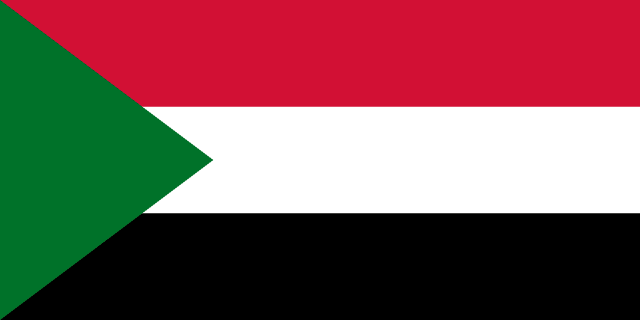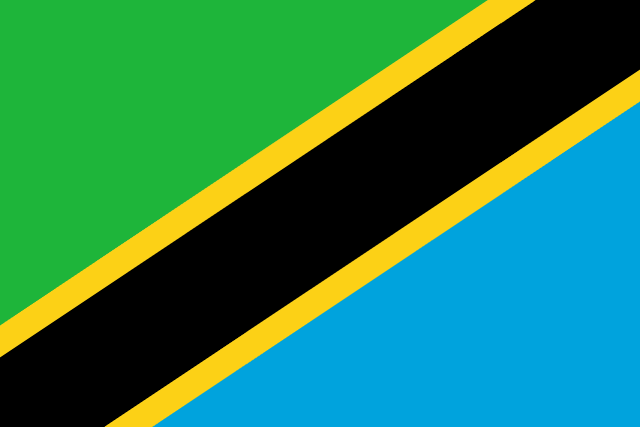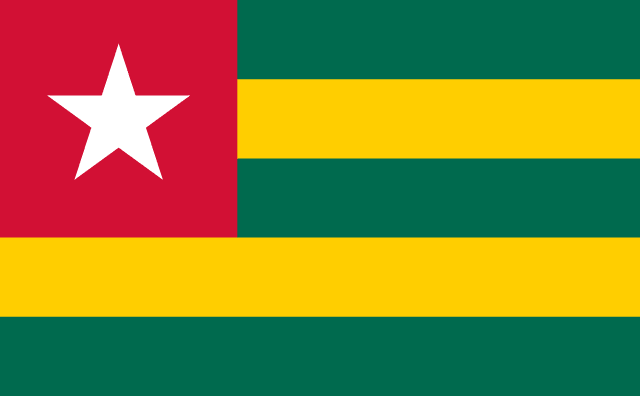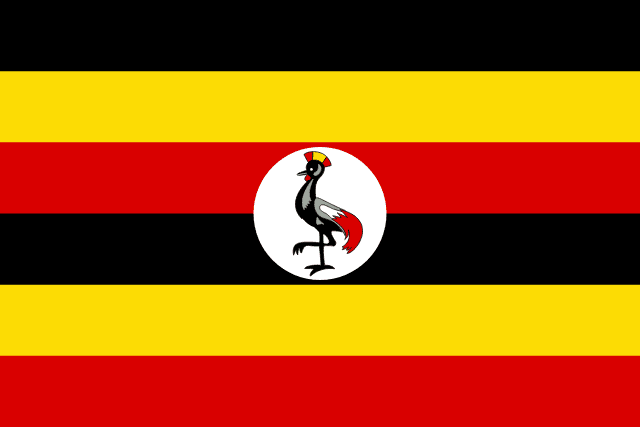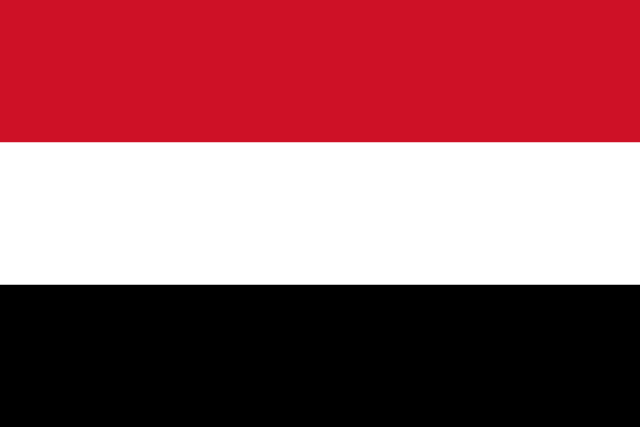Our Latest Research
Data Update: FGM/C in The Gambia
The prevalence of FGM/C in The Gambia has reduced slightly from 74.9% of women aged 15–49 in 2013 to 72.6% of the same cohort in 2019/20. There have been more substantial changes in specific regions, namely Mansankonko, Kerewan and Janjanbureh. There has also been a decrease in support for FGM/C. 65% of women aged 15–49 thought that FGM/C should continue in 2013, but in 2019/20, that figure reduced to 45.7%. Since 2023, important action has been taken on the ban of FGM/C in the country. Although the law was passed in 2015, the first convictions under the law occurred in 2023, which led to polarised views on the ban and, eventually, a bill presented in Parliament to repeal it. The bill was passed in March 2024, but later struck down and dismissed. The law continues to be upheld, but growing support for FGM/C to be allowed as a ‘cultural right’ and a desire to see the law repealed must be responded to with urgency.
Read ReportData Update: FGM/C in Senegal
The prevalence of FGM/C in Senegal has reduced from 28.2% to 20.1% between 2005 and 2023. Within the 15–19 age group – those most recently exposed to the risk of FGM/C, prevalence has reduced from 24.8% to 16.4%. FGM/C has been illegal in Senegal since 1999 when it was introduced into the Penal Code (Article 299). The law criminalises the performance and procurement of FGM/C as well as aiding and abetting. Medicalised FGM/C is also prohibited, with penalties in place for medical professionals who conduct the practice. In 2022, the government of Senegal adopted the third National Strategy for the Elimination of Female Genital Mutilation 2022–2030, which is accompanied by a five-year action plan 2022–2026. The practice of FGM/C in Senegal varies widely between regions. The regions with the lowest prevalence are Diourbel (0.8%), Louga (2%), and Thiès (3.9%). Those with the highest prevalence include Matam (83%), Sédhiou (80.9%), and Kolda (73.7%).
Read ReportFGM/C in the Horn of Africa: Signs of Change
Despite the global headline message that there has been little or no change in FGM/C in Somali ethnic communities, significant changes are happening at the sub-national level and in the types of cutting practised. Still, data, evidence, and evaluations of interventions are limited. This paper seeks to challenge the narrative that nothing is changing and no progress is being made in relation to FGM/C by exploring areas of change; documenting available evidence on how/why certain approaches work; outlining what we know does not work in this context; and discussing the unique contextual dilemmas and challenges to the goal of abandonment within the Horn of Africa.
Read ReportDate Update: FGM/C in Sierra Leone (2025)
The prevalence of FGM/C in Sierra Leone has decreased from 91.3% to 83% between 2008 and 2019 which appears to indicate some positive progress in eradicating the practice. However, at least 20% of girls are cut after the age of 15 years. Sierra Leone currently lacks legislation that prohibits FGM/C. Despite rising international pressure calling for the end of the practice following the death of three girls in 2024, FGM/C continues to be practiced across the country.
Read ReportData Update: FGM/C in Kenya (2025, English)
The national prevalence of female genital mutilation/cutting (FGM/C) in Kenya reduced from 37.6% of women aged 15–49 in 1998 to 14.8% in 2022. Orchid Project estimates that prevalence will drop to approximately 10% by 2030. This progress, however significant, is not equally distributed across the country. Ethnicity and social identity are primary drivers of FGM/C in Kenya, and this has created geographical hotspots where prevalence is well above the national average.
Read ReportData Update: FGM/C in Burkina Faso (2024)
The prevalence of FGM/C in Burkina Faso has reduced from 75.8% to 56.1% between 2010 and 2021. Within the 15–19 age group (those most recently exposed to the risk of FGM/C), prevalence has reduced from 57.7% to 32.2%. FGM/C has been illegal in Burkina Faso since 1996, and the Government has made a substantial effort to implement the law, taking innovative approaches (mobile community courts, translation of the law into multiple languages and engagement with key stakeholders) that have built greater respect for the law within communities.
Read ReportFGC in Asia: Short Report Series (2024)
This Short Report series brings together the latest available data on FGM/C across eight countries* in South and Southeast Asia. In most of the countries, there is no government health or other official survey data documenting FGM/C. These reports rely on academic journal articles, local NGO reports and news media report. The term ‘female genital cutting’ (FGC), rather than ‘female genital mutilation and cutting’ (FGM/C), is the main term used throughout these Short Reports, as the communities that practise it do not regard the practice to be ‘mutilation’.
* This short report series covers the following countries: Brunei, India, Maldives, Pakistan, Philippines, Singapore, Sri Lanka and Thailand.
Read ReportMalaysia Country Profile (2024)
This Country Profile provides comprehensive information on the most recent trends and data on female genital cutting (FGC) in Malaysia. It includes an analysis of the current socio-political situation, legal frameworks and programmes to make recommendations on how to move toward eradicating the practice. Its purpose is to equip activists, practitioners, development partners and research organisations with the most up-to-date information to inform decision-making on policy and practice in the Malaysian and South East Asian contexts. Academic research undertaken by professionals of various disciplines form the backbone of this Country Profile, as do reports and statements by both governmental and non-governmental organisations, postgraduate research, media materials, webinars and documentary videos.
Read Report- Country Profiles
- Regional Profiles
- Thematic Research
About the Initiative
Orchid Project's FGM/C Research Initiative builds on the legacy of 28 Too Many by commissioning and curating global research on the practice of female genital mutilation and cutting.
What is FGM/C?
Female Genital Mutilation/Cutting (FGM/C) is a harmful traditional practice involving the cutting or removal of the external female genitalia. It has existed for more than 2,000 years and is performed on girls from birth up to just before marriage and sometimes beyond. FGM/C is also known as "female circumcision" and by other terms locally.
The World Health Organisation classifies the practice into four types
Clitoridectomy
Type I: Partial or total removal of the (external) clitoris and/or the prepuce.
Excision
Type II: Partial or total removal of the (external) clitoris and the labia minora, with or without excision of the labia majora.
Infibulation
Type III: Narrowing of the vaginal orifice with creation of a covering seal by cutting and appositioning the labia minora and/or the labia majora, with or without excision of the clitoris.
Other
Type IV: All other harmful procedures to the female genitalia for non-medical purposes, for example: pricking, piercing, incising, scraping and cauterisation.


.webp)



.webp)
.webp)

_cover.webp)







.webp)
.webp)
.webp)
.webp)
.webp)
.webp)
